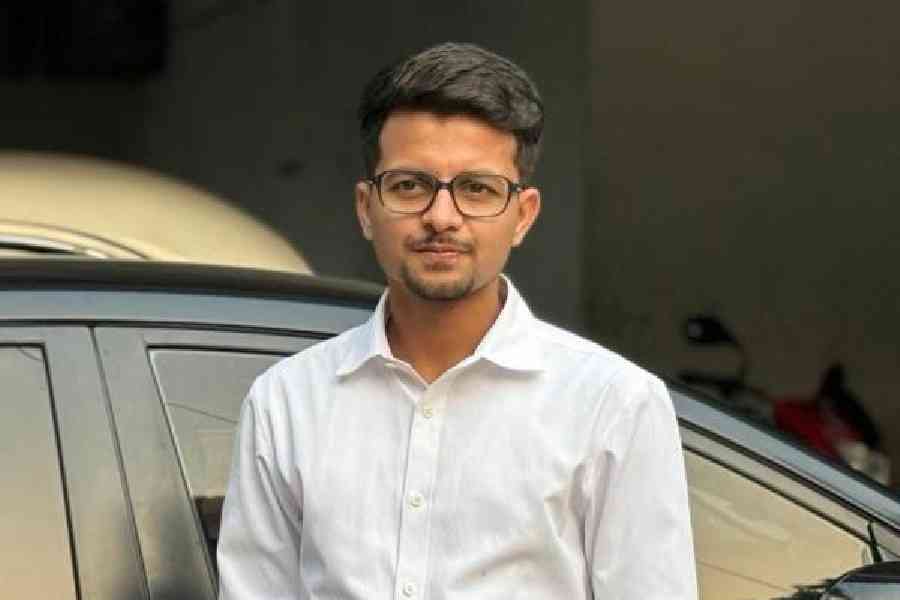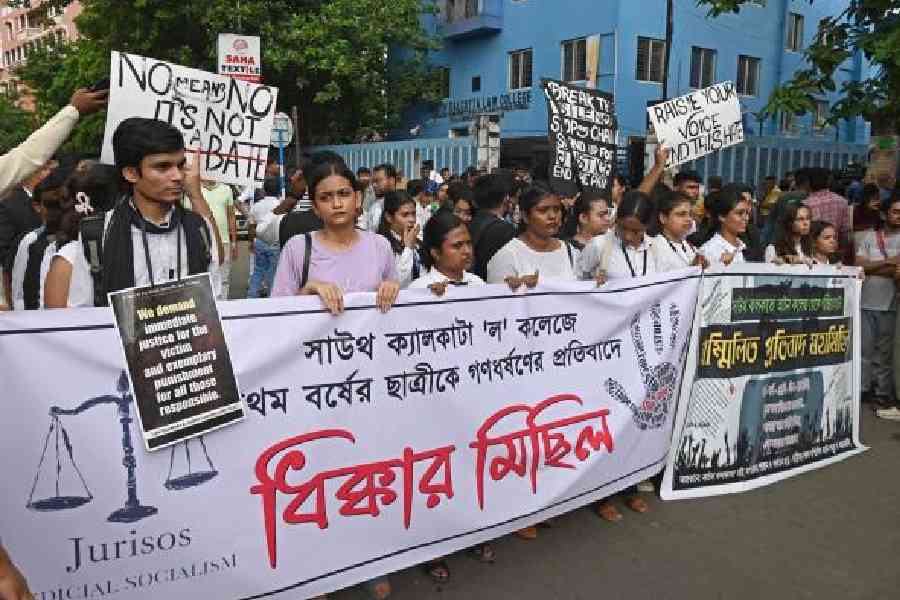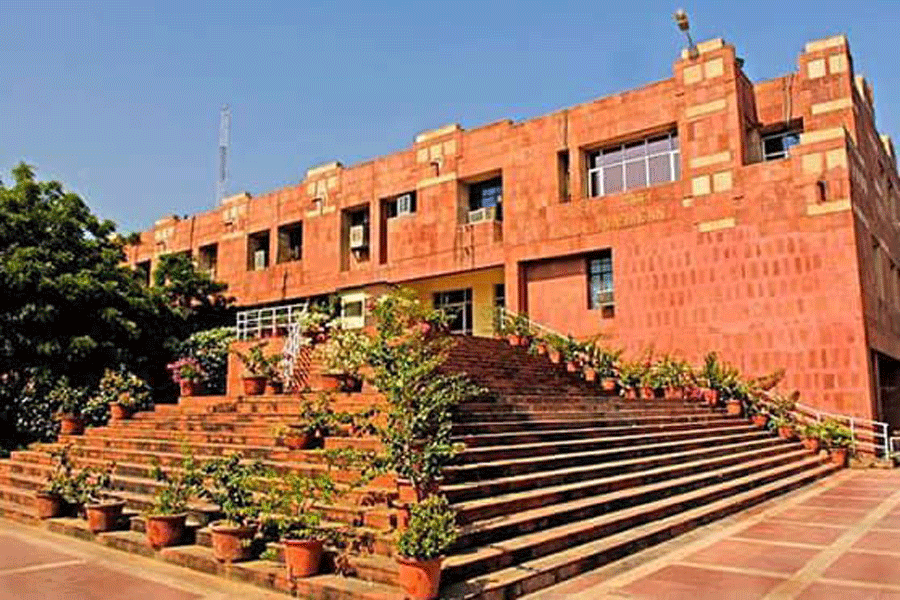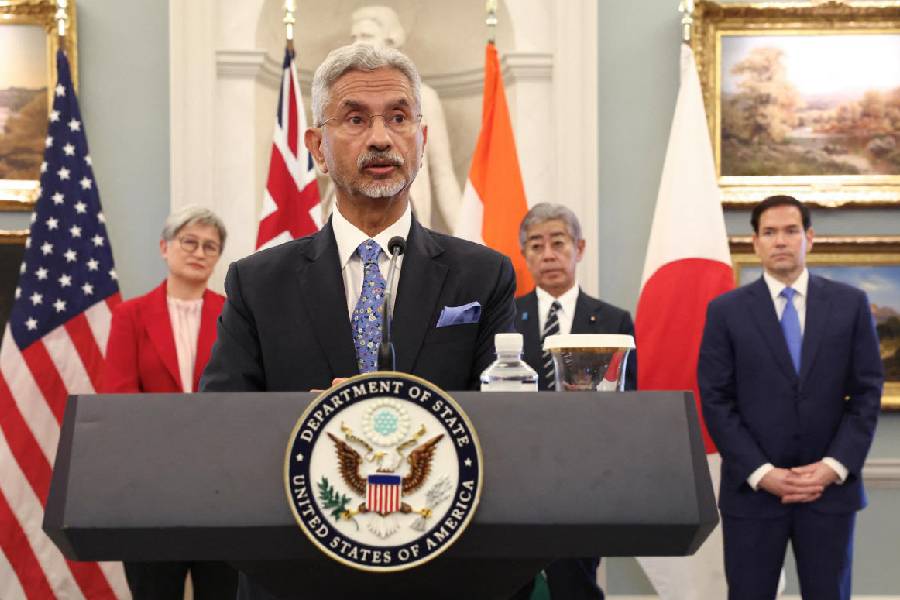 |
The Supreme Court, with increasing frequency, has been correcting mistakes and amendments leading to anomalous situations in various sectors of governance. In its eagerness to make higher education available to all sectors of society, the Chatrishgarh Government had passed the Private University Bill. In fact the government had pulled out all stocks with predictable results. Every NGO with a registration had jumped into the m?l?e and in no time there were about 300 organisations wanting to establish universities in Chatrishgarh, a substantial number of them existing only on paper. Some of the institutions had their workshops and establishments outside the state. Unscrupulous people, generally known as ?education mafia? had the proverbial field-day. There was all-round chaos.
The successor government took the predictable ?damage control? steps. However, when a situation like this is created in-built pulls and pressures begin to operate and a substantial number of these universities could not be scrapped. Some of them began to shout that they were catering to the needs of the most deprived sections of society including the Scheduled Tribes which has a sizeable population in Chatrishgarh.
It took one of India?s formidable educator-scientists, professor Yashpal, a great deal of foresight when he tackled the situation by filing a PIL in the Supreme Court. Yashpal?s action rid the educational world of this menace when the apex court struck down the Bill. What is less widely appreciated is the fact that many other states were in the process of examining the possible enactment of a similar Bill.
Jharkhand is most certainly not included in the group of such states. This is not entirely a compliment. Chatrishgarh experiment is surely not the only example of how to destroy the fabric of higher education in the country. Chatrishgarh was guilty of opening the flood gates, Jharkhand is equally conspicuous for putting education in a strait-jacket and stifling all attempts at making education really liberal and conducive to human resources development.
One of the basic principles in establishing a iniversity is that it should be an autonomous body. The apex court has consistently been of the view that the University Act should ensure that there should be minimum interference by the government. In fact, the courts have gone to the extent of directing that when two interpretations of the University Acts are possible, ordinarily the interpretation by the university should be accepted.
Universities, deemed universities and autonomous institutes under the universities are permitted to function independently within the frame work of the University Act. Unaided minority institutions are in a different category altogether and a recent judgement by Supreme Court (Constitution bench ) ensures that they are free to have their own fee structure, selection procedure for admitting students and appointing teachers. They are, of course, to follow the academic and examination guidelines of the affiliating University.
In India there is a growing realisation that education is mainly human resource development and can do without unnecessary constraints. In the global competitive scenario, India has been able to make its growing presence felt. This is directly related to the removal of unnecessary barriers and obstacles particularly in the area of teacher mobility and the emphasis on the development of a pragmatic and analytical ability in the case of the student community. Chatrishgarh only became a little too ambitious with disastrous results.
Jharkhand is at the opposite pole. Shortly after the formation of the state, the Jharkhand University Act-2000 was adopted. Provisions have been introduced in this Act which appear to severely restrict the autonomy of universities. I have yet to see such retrograde provisions anywhere. I am not sure if some of the provisions do not come dangerously near to challenging the legal parameters within which an Indian university functions.
The gross insensitivity of the authorities towards the career of the students is unbelievable. There have been a number of occasions where students had to undergo hardship because of the arbitrary manner in which the universities have been functioning.
It is acknowledged that some of the most prestigious educational institutions in Jharkhand are minority institutes. In the last four years we have seen the bizarre spectacle of the university arbitrarily withdrawing the affiliation of some of these institutions. When the colleges went to the court,the university promptly restored their affiliation.However, the cases have been piling up and a general impression has been created that in order to get justice you have to sue. Surely the rules and statutes are not so ambiguous as to create such recurring confusion.
The universities in Bihar and Jharkhand were established to cater to the needs of a particular area. Ranchi University was established to make higher education available to Chhotanagpur. The people of Chhotanagpur, including the tribals were the target. This fact appears to have been completely ignored. It is still not late as Jharkhand is only four years old. Jharkhand is a storehouse of some of the oldest languages and culture.
The youth here has tremendous potentiality in athletics. heir indomitable spirit is underlined by the fact that there have been repeated uprising against British during 18th & 19th centuries. Subjects like geology, anthropology and sociology have a special relevance. What the universities in Jharkhand require is a positiveapproach.
The University Act in Jharkhand must not obstruct development of higher education and its easy availability even in the remot areas of the state. In fact a college in Bahragora, Ghatshila, Chatra abd Shimdega is in many ways more important than the colleges in Dhanbad, Jamshedpur or Ranchi.
In 1976 when education was put in concurrent list, the intention was to combine the resources of the Centre and the state to make educational meaningful and relevant. The Supreme Court had made it abundantly clear that if there is any dispute, the Center?s approach should prevail.










